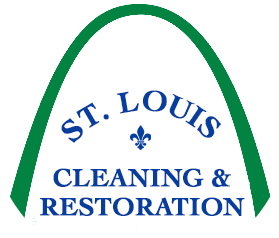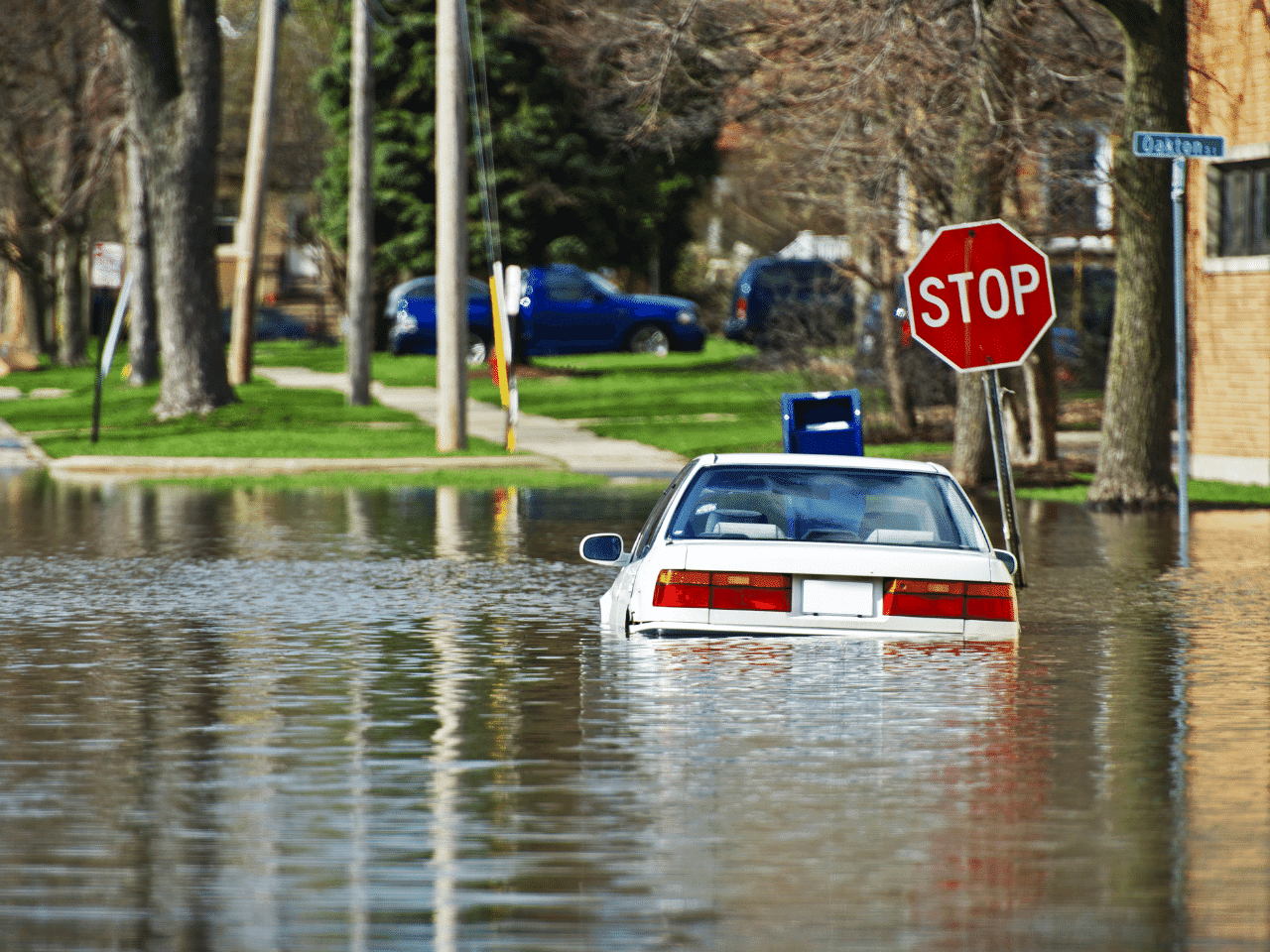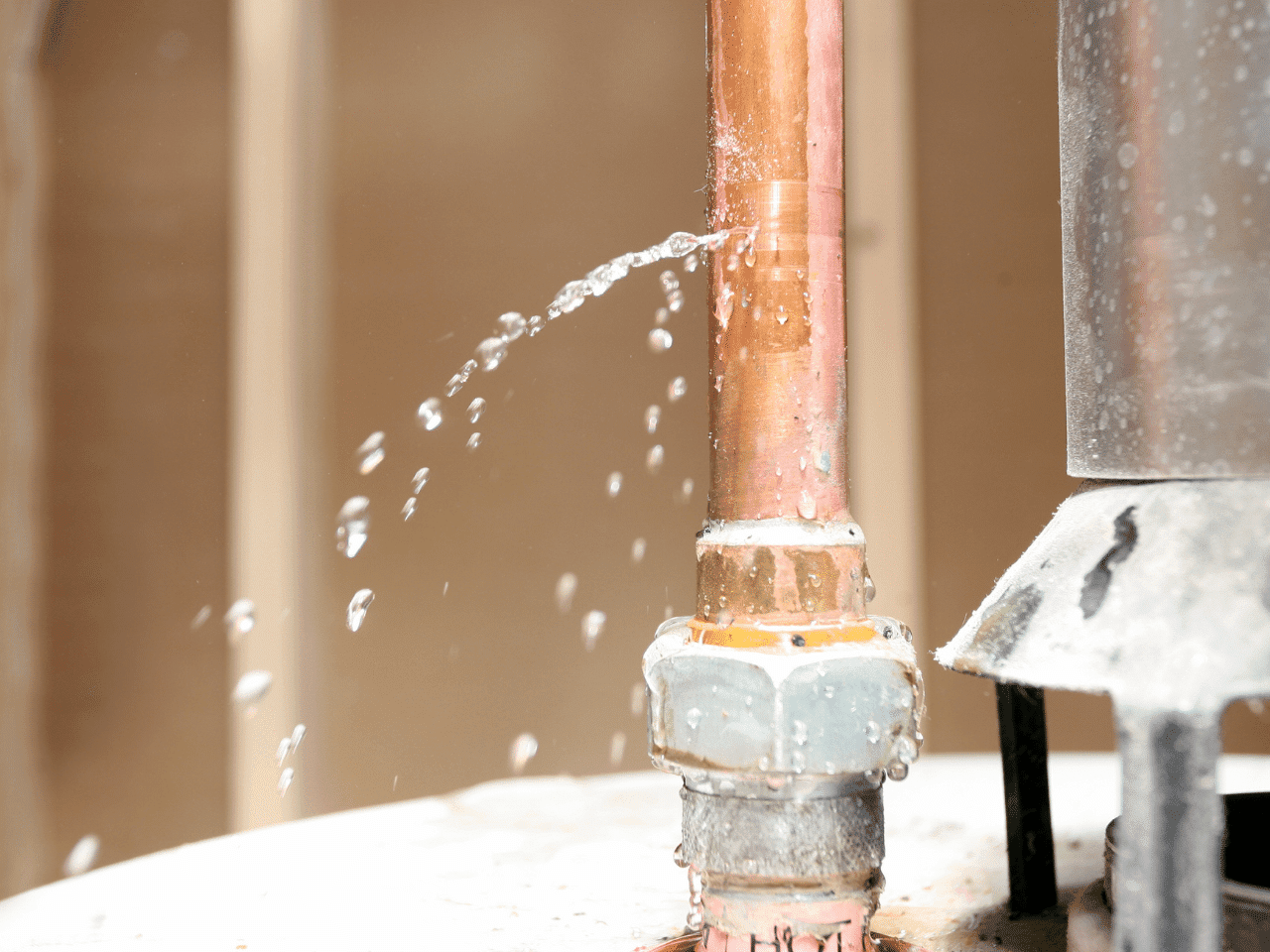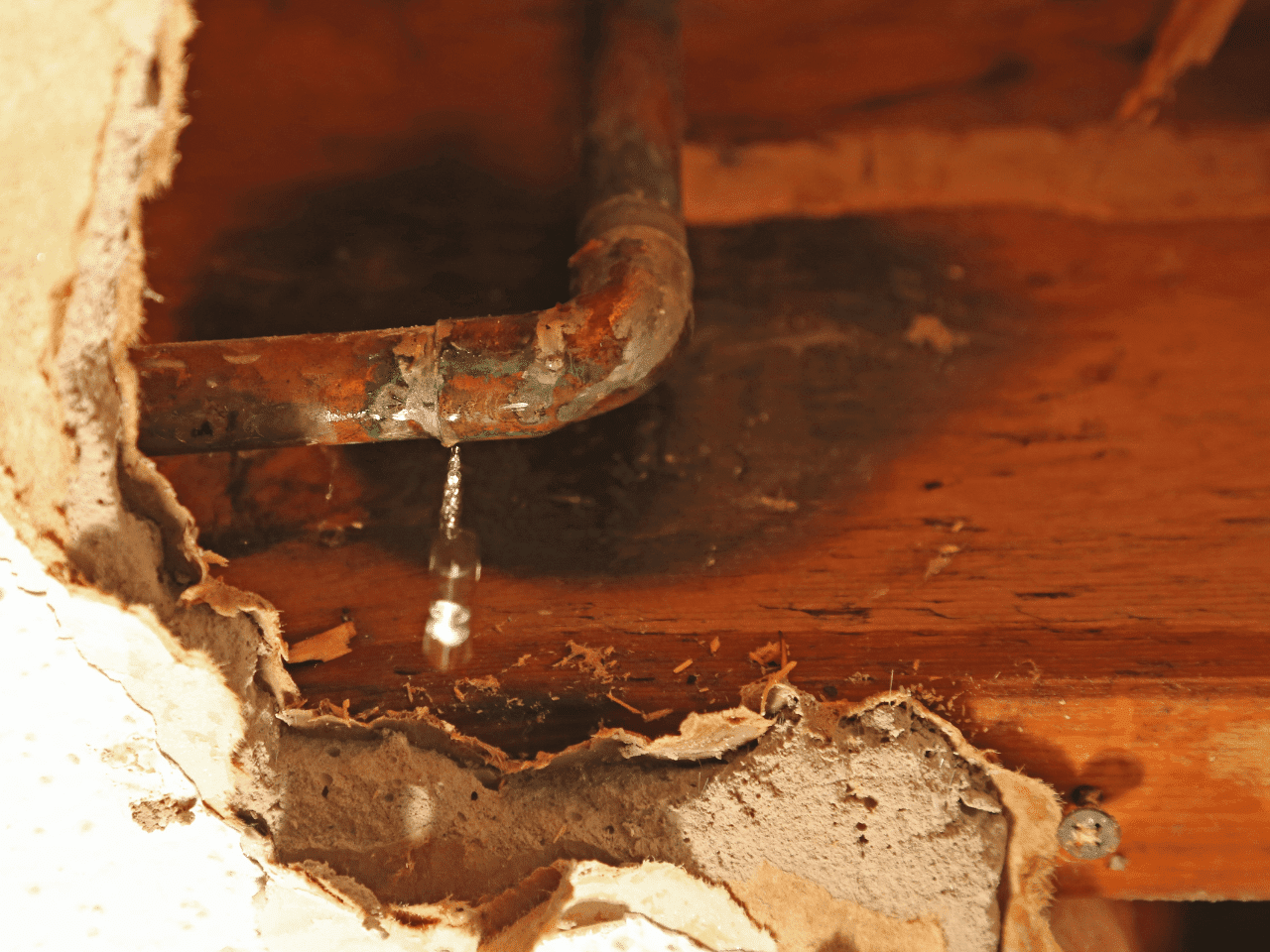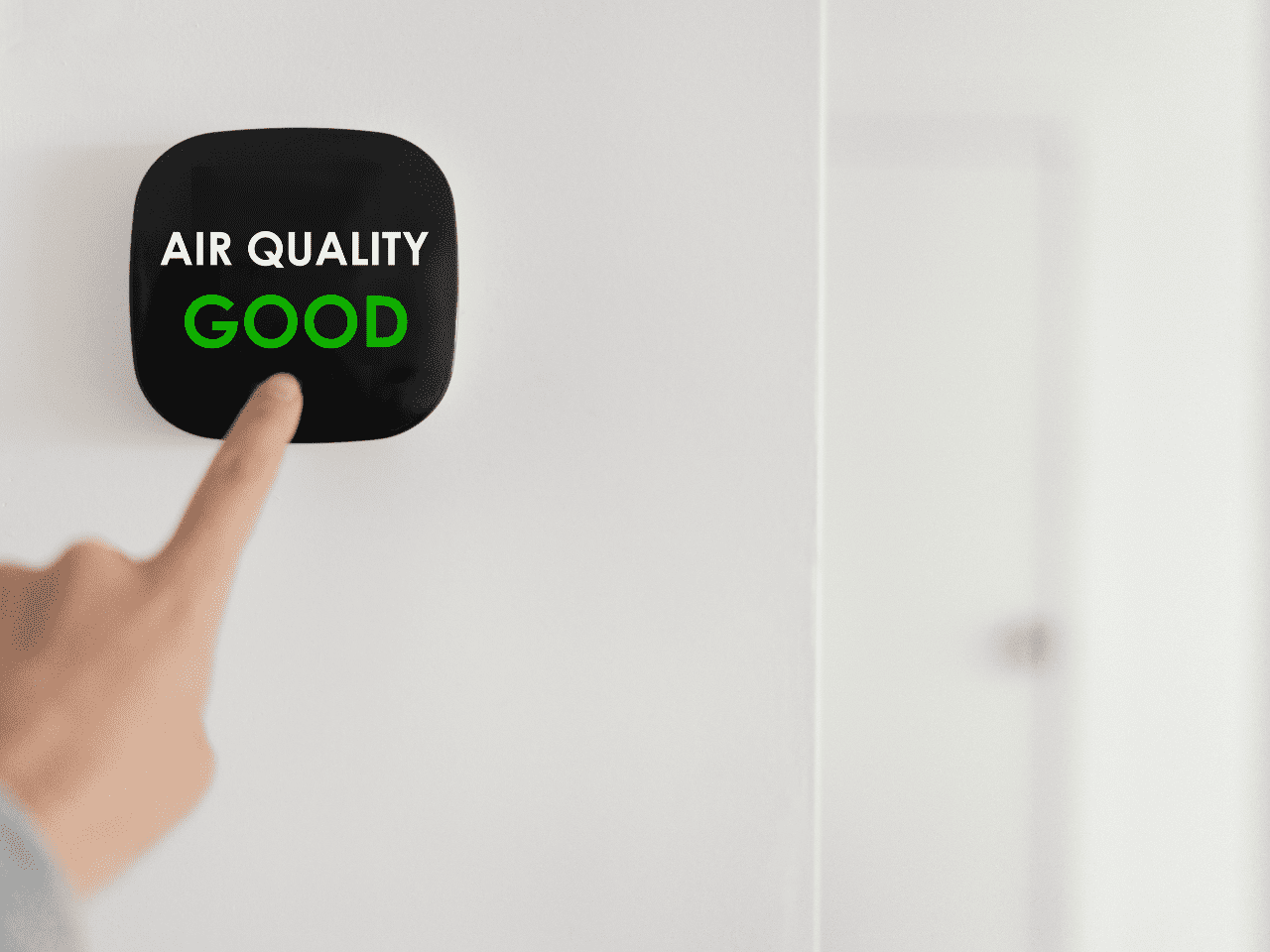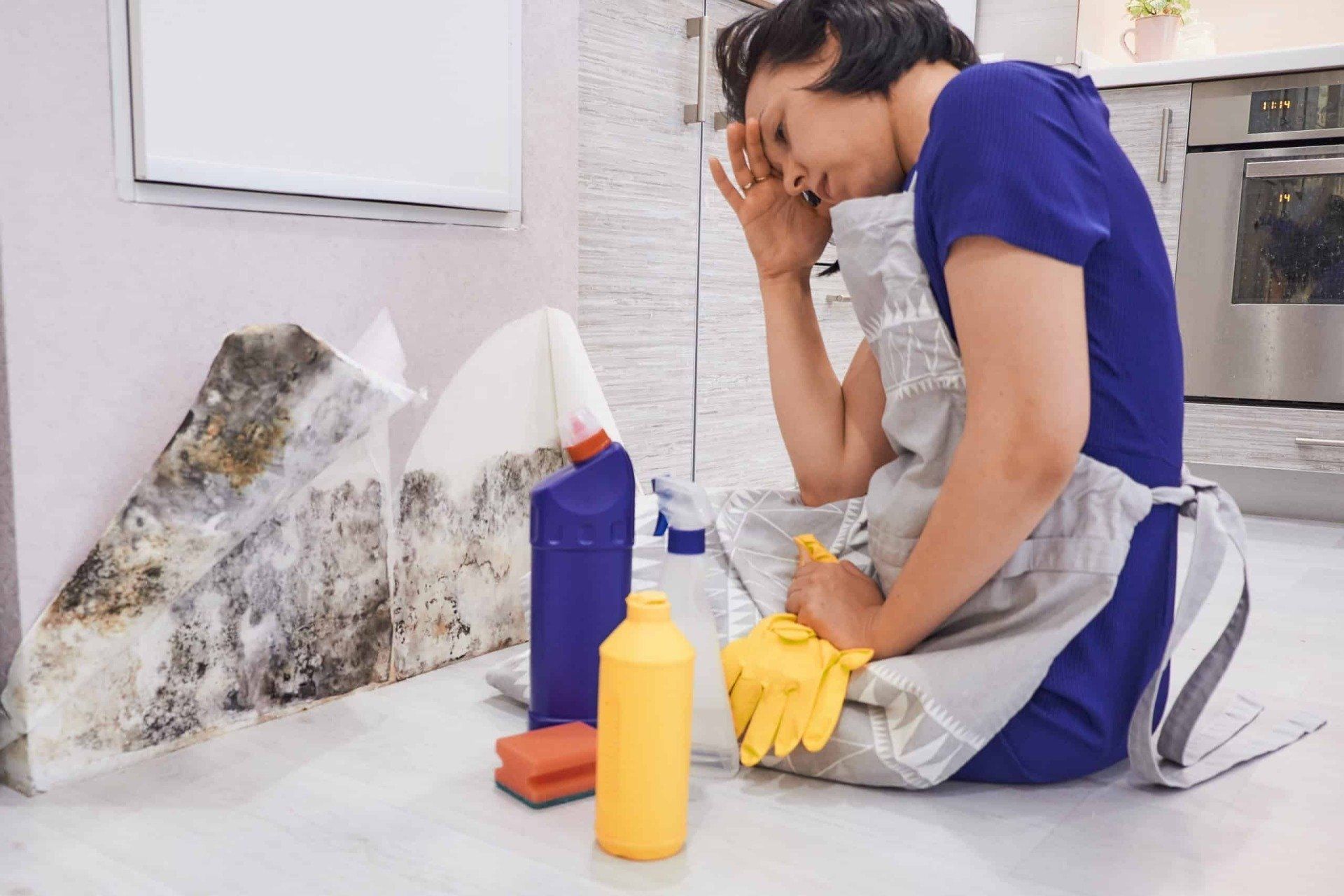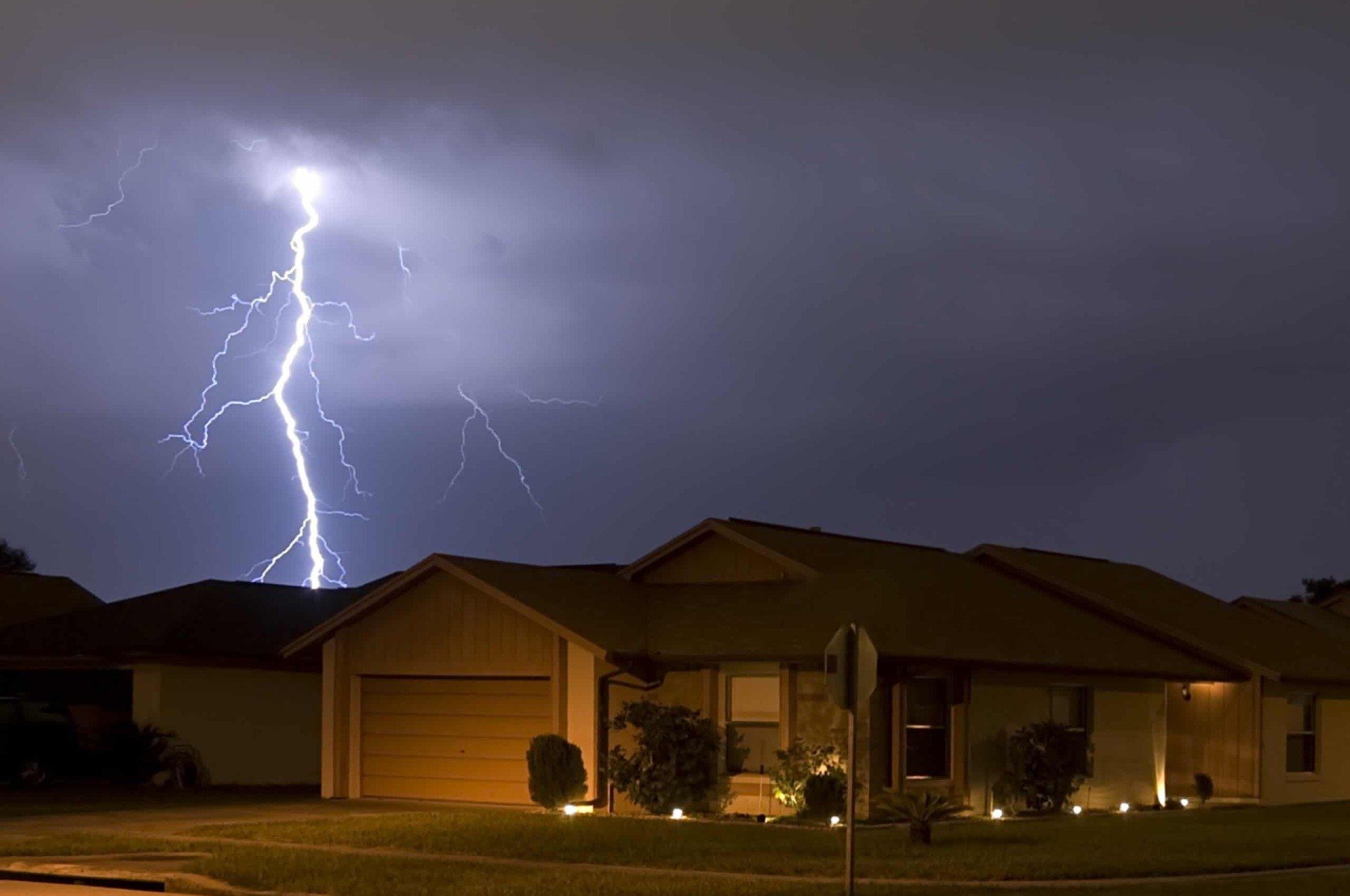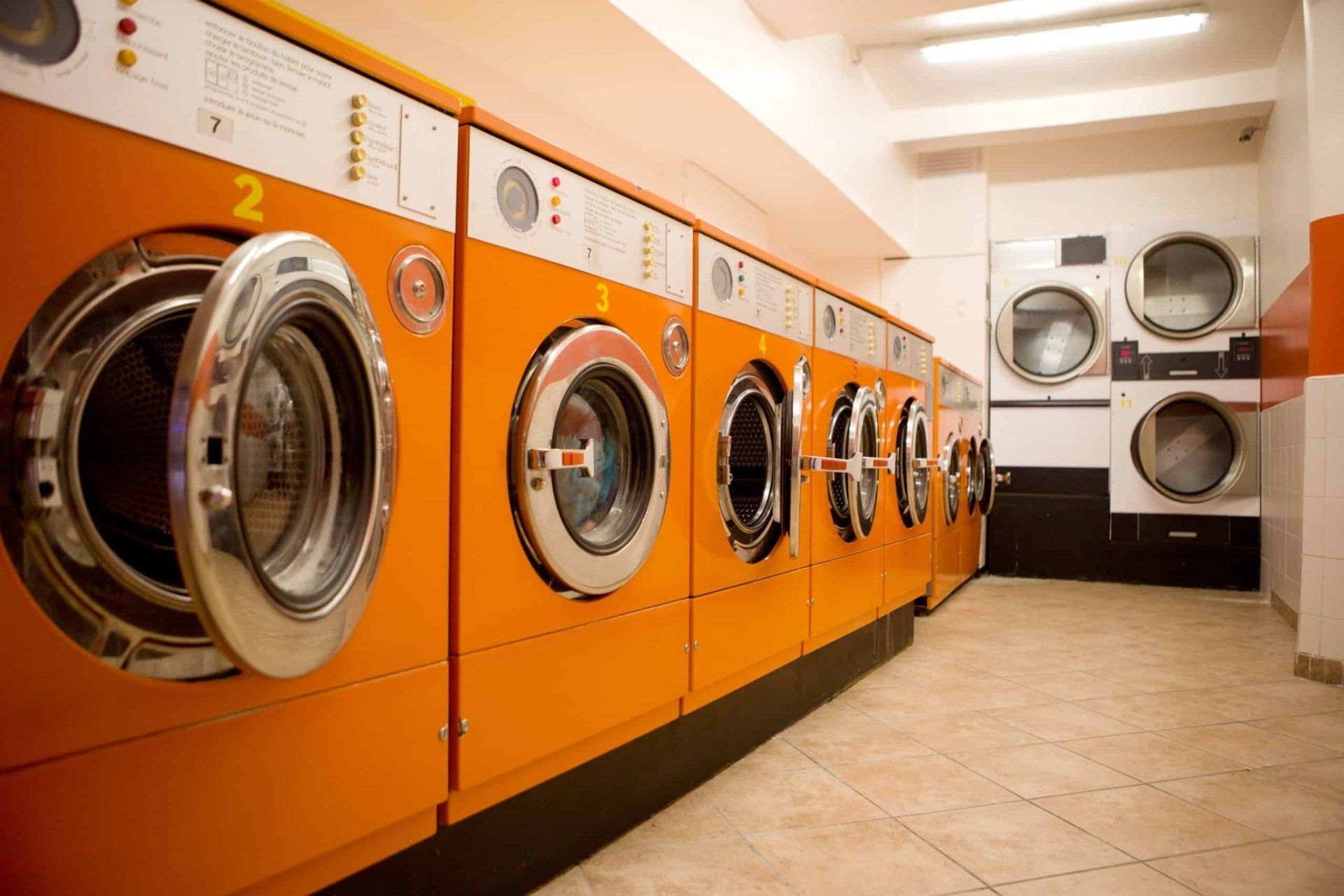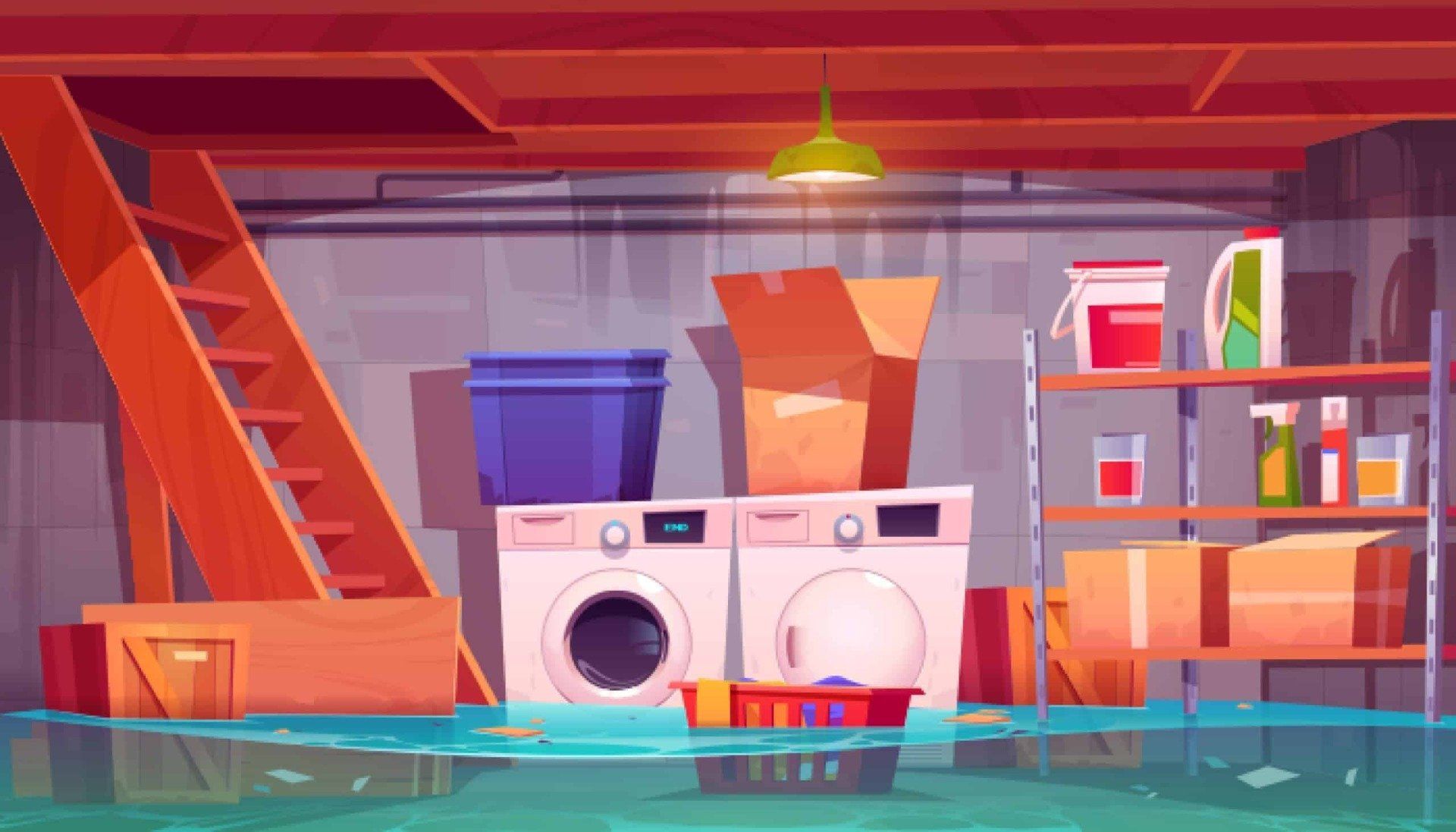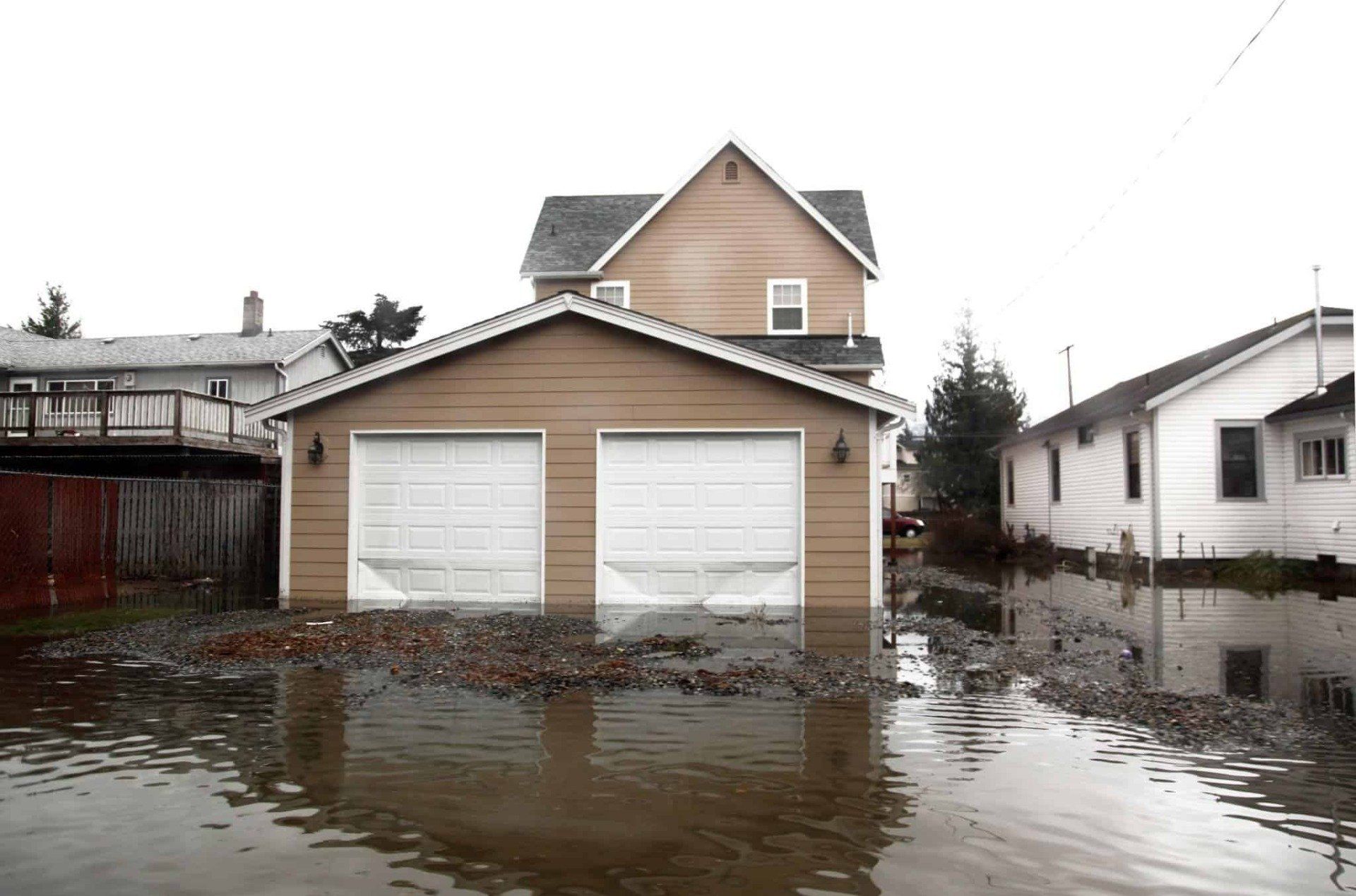7 SIGNS OF HIDDEN WATER DAMAGE
Water is a necessary commodity for all living creatures. We need clean water to drink, bathe, wash clothes, and perform other routine tasks. However, water can also cause a lot of damage if you have leaks, flooding, or standing water. Wood rot, ruined insulation, degraded sub-floors – these are just some of the issues that can result. Also, if the water and moisture are not dried up within 48 hours, mold will start to grow, compounding the problem.
It’s easy to clean up water spills and minor leaks when they’re out in the open. But water can seep into areas that are out of sight and beyond your reach. It can hide in exterior locations as well as the interior of your home. You may not be aware of this situation until it causes a lot of damage.
Indications of a Water Leak
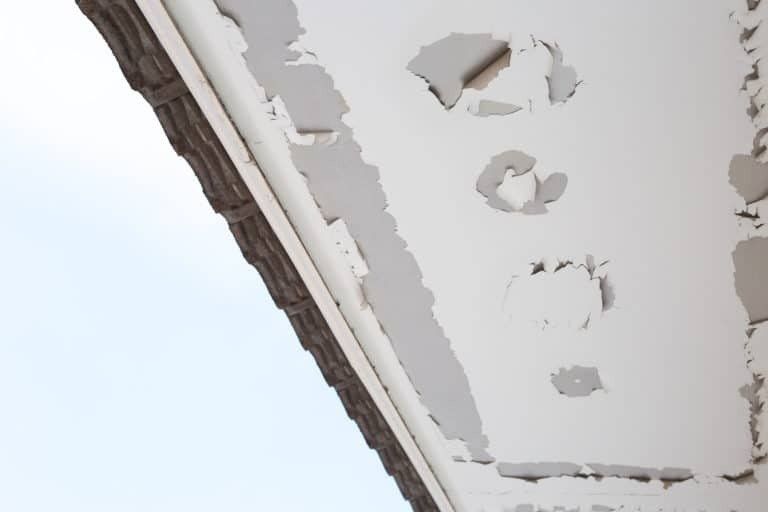
Prevention is key to avoiding the damages caused by water in places where it shouldn’t be. Knowing how to check for and detect the existence of water and remediating the situation quickly can help minimize the damages and costs of repair or replacement. Let’s look at some of the signs that you have hidden water damage.
1. Beneath Siding
Siding is supposed to protect your home from the effects of the weather. It should seal the structure so that it remains intact. There is often insulation between the siding and frame to maintain the indoor temperatures and keep it more comfortable. If the siding on your home’s exterior is cracked or panels are loose, rain and melting snow – even high humidity – can get underneath. It will cause the insulation to deteriorate and cause mold and wood rot. You may not even realize it’s happening until you eventually have the siding replaced. If your siding is showing signs of disrepair, getting it replaced or repaired can help avoid bigger problems.
2. Windows and Doors
Older homes sometimes have painted window frames and sills. When the paint cracks and peels, it provides opportunities for water to seep into the wood and eventually trickle down into the interior walls. If your exterior doors are made of wood, water can invade the door’s threshold and cause the door to rot. Because there is often a metal plate on the bottom of the door, you may not even notice the rot beneath until the plate is removed. If the plate is loose, it’s a good chance the wood behind it is damaged.
3. Roof and Chimney
Your roof is the first level of protection for your home. If it is damaged or there are missing shingles, water can leak into the home. Getting your roof inspected regularly will help detect any damaged areas. Getting the roof repaired or replaced quickly can preclude further damage inside the home. If you have a chimney, exhaust fan, or other attachment on the roof, it is must be properly sealed. If not, water can leak through into the home’s interior. Again, routine roof inspections will identify this issue so it can be repaired before extensive damage is done.
4. Interior Walls
When water has seeped behind drywall, you may not notice it immediately. But eventually, there will be visible indications that indicate it is present.
- Bubbles in the paint or wallpaper. If you notice your paint or wallcoverings peeling or bubbling in certain areas, it’s usually a sign that water has infiltrated the sheetrock or drywall behind them.
- Visible mold. Mold will not grow if water or moisture is not present. If you can actually see mold on the baseboards or wall surface, water is the culprit.
- Warped walls. When the sheetrock absorbs moisture, it expands, causing swelling and warping to occur. This can cause serious structural damage to the building.
- Musty smells. If your home smells musty in areas, it could mean that mold is growing. That means water or moisture is there to cause it.
5. Floors or Ceilings
If your floor is buckling, water may be underneath it. If you notice cracks, water stains, or sagging in your ceiling, water is likely coming from the floor above it or from the roof or attic.
6. Under the Sink
You might have a slow leak from the pipes under your sink. Sometimes they go unnoticed until you notice stains or a musty smell coming from beneath the sink.
7. Rising Water Bills
All utility bills can fluctuate. But if your water bill has an unusually high spike, you may have a water leak somewhere.
What to Do if You Find Water Damage
If you notice any of these signs of water damage in your home, it’s important to have it looked into quickly to avoid further damage and costlier repairs. St. Louis Cleaning and Restoration has the experience, knowledge, and equipment to detect the source of water. They can pinpoint areas that need attention. They can repair and restore damaged areas, if at all possible.
If the water has been there for more than a couple of days, mold will surely be growing. St. Louis Cleaning and Restoration can expertly remediate the mold issue for you as well. We are available 24/7 for emergencies when the situation is dire and cannot wait. Contact us today for a free consultation and estimate.
Phone:
(314) 428-3600
Email: info@stlcandr.com
Business Hours: Monday - Friday: 8A-5P
Saturday & Sunday: Closed
